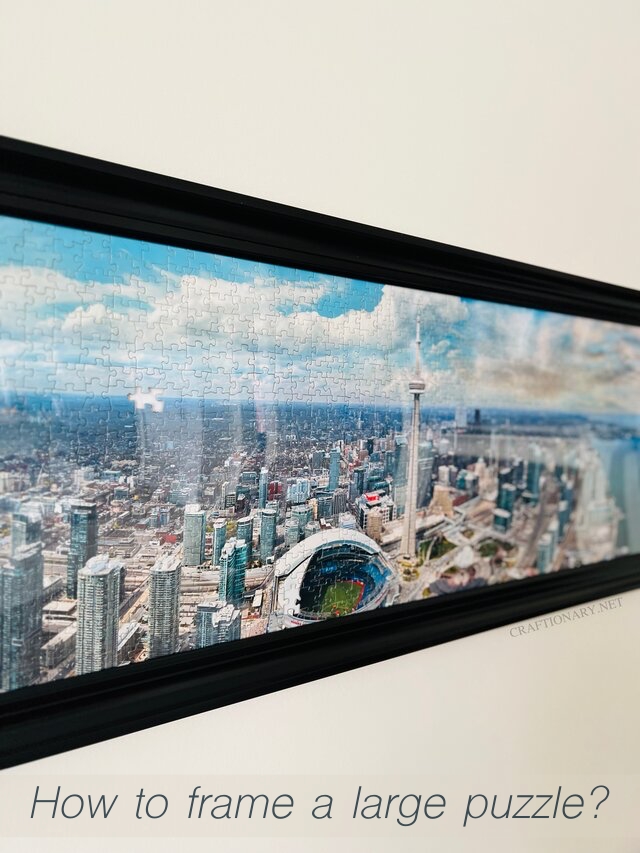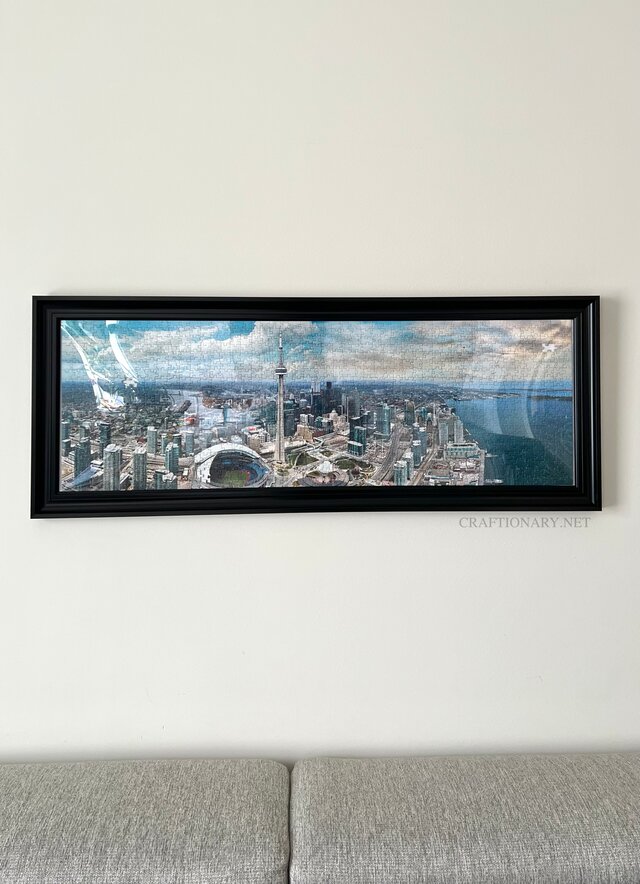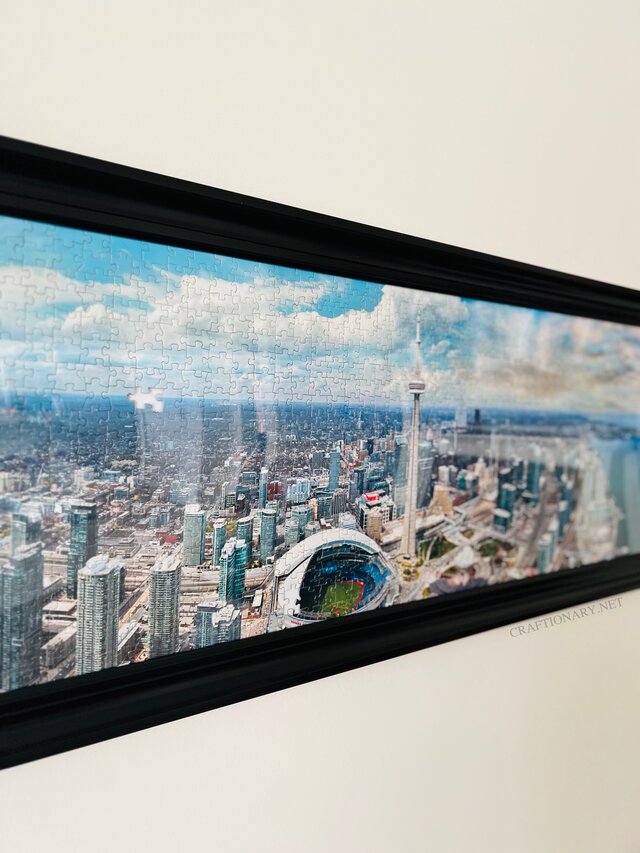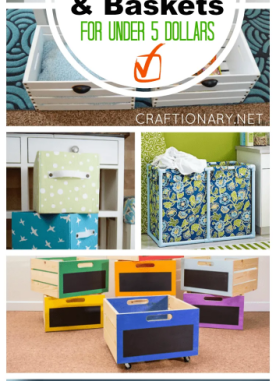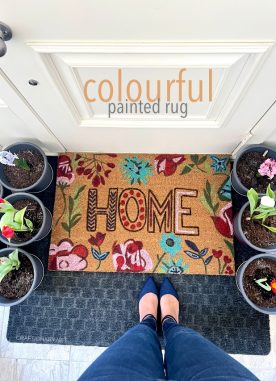This post may contain affiliate links. Please see our full Disclosure Policy for details.
It may feel like a task but framing jigsaw puzzles requires preserving and displaying a puzzle in 3 easy steps – glue the pieces, stick to the backing, and insert in a frame.
Puzzles offer a delightful pastime or hobby that challenges your mental acuity and creativity. Additionally, studies suggest that puzzles can enhance memory, problem-solving skills, and productivity. Furthermore, puzzles are a family-friendly activity enjoyed by individuals of all ages, from young children to senior citizens. They serve as a bonding experience that brings people together in a fun and collaborative manner. Therefore, we believe that a large puzzle of 1,000-piece or a 10,000-piece, is often nothing short of a work of art. It’s only natural to want to display all your hard work and dedication rather than keeping it in a puzzle box.
Your frame worthy puzzles can be proudly showcased with simple know-how to properly frame a puzzle without it falling apart. Lets look at the step-by-step process of framing your DIY jigsaw puzzle, turning your accomplishment into a framed masterpiece worthy of hanging on your wall for years to come.
How to Secure a Puzzle for Framing?
When it comes to securing a puzzle for framing, you really don’t need complicated products that others suggest. I read about using high-quality puzzle adhesive to ensure that the pieces stay firmly in place.Use puzzle glue sheets or other suitable adhesive methods to firmly fix the puzzle. But honestly, if you are framing the puzzle behind a glass, simple mod podge and glue dots is all you need. The glass on the frame is enough to preserve the puzzle’s integrity and prevent damage to the delicate pieces.
How to frame a puzzle with glue?
Material:
You will need:
- Mod podge or school glue
- Paint brush
- Glue dots or acid-free tape
- Frame that fits the puzzle perfectly (my frame 13″x40″)
- Toronto 1000-piece puzzle
- Foam core or mat board to use as frame backing. (optional)
- Clear Glass or Acrylic Sheet to protect your puzzle from dust and moisture. (optional)
- Choose appropriate hanging hardware depending on the weight and size of your framed puzzle such as wire or D-rings. I used push pin tacks for light weight puzzle frames.
Step-by-step Instructions:
Here’s a comprehensive guide through the steps of framing a jigsaw puzzle and a short video of the process:
Ensure the Puzzle Is Flat:
Make sure your puzzle is fully complete. A simple rolling pin from the kitchen is the ideal tool to ensure your puzzle stays in place. Gently roll the entire puzzle on a flat surface to ensure that the edges of each piece snugly fit together. Wipe dust off your puzzle with a damp microfiber cloth.
Glue the Puzzle Together:
To prevent the puzzle from coming undone you’ll need to glue the pieces in place before moving it. Layer a thin layer so that the puzzle doesn’t get over wet and get damaged. Brush with soft strokes. You can also use a spatula or a similar tool to evenly spread the adhesive. Let the layer dry then flip the completed puzzle over and apply the adhesive to the backside, ensuring complete coverage. You can slide a piece of cardboard underneath to avoid marks on your table. A paint stir stick can be used to mix an old bottle of mod podge to remove any dried glue before starting.
Allow Ample Drying Time:
Allow the adhesive to dry thoroughly according to the manufacturer’s instructions. This step effectively seals the puzzle and prevents any pieces from shifting or falling out.
Follow the glue manufacturer’s instructions regarding drying time. The drying time may vary depending on your environment’s temperature and humidity levels. Exercise patience and refrain from touching the jigsaw puzzle too soon to prevent tearing it apart or leaving unsightly fingerprints.
Choose the Perfect Frame:
Select the right size of frame for your jigsaw puzzle. A beautiful frame border and color can make all the difference between a basic display and a stunning masterpiece worthy of attention.
I bought my frame for a great price from Michaels using the discount deal. You can also score great pieces at thrift stores but the correct size can be a challenge depend on the uniqueness of your puzzle. Other great options are Walmart and if you are open to spending custom framing.
Insert Your Jigsaw Puzzle in Frame:
Once it’s dry, you can mount the puzzle on a backing board and insert into the frame. Shift the puzzle from cardboard over to the frame backing. You can use the sample image paper inside as puzzle backing too. Use glue dots to secure the sides and center of the frame image paper to the frame backing. Then use the glue dots again to stick puzzle to the image paper that we are using as backing.
You can also use a flat piece of thin foam or wax paper for the same purpose. Measure your mounting material so that it is slightly smaller than your puzzle. Flip the glued puzzle over onto its back, add a thin and even layer of glue along the edges, and then attach the mounting material on the back of the puzzle, ensuring it’s centered in place.
Set your favorite puzzle inside the frame and hang it proudly on the wall.
Puzzle framing myths busted and simple tips:
Here I am sharing some products and recommendations that I found online when I was looking for ways to frame a puzzle and my opinion whether you need it or not:
- After framing this puzzle I am confident to recommend that mod podge at home will work as a perfect substitute for puzzle glue which is marketed as designed only for puzzles.
- It says to avoid using a brush to spread the glue, as it can leave brush marks behind. Use puzzle glue spreader instead! Here as you can see the puzzle, I used a plain dollar store paint brush and there are no notable brush marks.
- Apply glue evenly on the puzzle’s front and back and allow it to dry completely. Avoid using a cheap paintbrush whose bristles would fall as you spread the glue on the puzzle. Glue on the front and back is important, as applying glue on the back prevents it from curling.
- Be cautious not to use excessive glue, as too much can cause the puzzle to warp or the pieces to curl up or peel. However, if the puzzle curls or warps once dry, simply flip it over and repeat the gluing process on the backside. Allow it to dry once more.
- It says to use glue sheets for puzzle backing, frame board or inexpensive foam boards work just fine.
- You can also laminate your puzzle or use adhesive sheets. Press adhesive sheets on the back of the puzzle to keep the pieces together and use poster board to hang it.
- Mount the puzzle to foam board or wax paper for added support.
- For special-shaped puzzles, use a Sandwich Float method for mounting.
- Consider using acrylic sheets instead of glass for protection.
- If you don’t want to frame the puzzle, you can also use pinch binder clips to hang it on the wall.
How to frame a puzzle without glue?
Framing a puzzle with glue allows you to admire your hard work without the risk of damage, ensuring your completed puzzle remains a source of pride and joy. However, there are some set implications of framing:
- Gluing the puzzle down means it can’t be played with again.
- Displaying a framed puzzle may lead to the colors fading over time, especially with increased light exposure.
- Having glass or plastic in direct contact with the puzzle may risk damage to the puzzle surface over time.
A straightforward method to frame an assembled jigsaw puzzle without the need for gluing it down is to use a clear “box frame.” These frames are readily available at craft and frame shops. A box frame is not a permanent solution, so you can easily remove the puzzle and play with it again or replace it with a new favorite puzzle. Simply use double-sided tape to secure the puzzle from the back and carefully insert into the frame board and secure it in place.
Framing a puzzle without glue allows you to change your mind in the future and take the puzzle out of the frame if you wish to play with it or frame a different one. It’s a flexible and non-permanent way to showcase your completed puzzle.
I hope you found this article useful and you can comfortably frame your beautiful puzzle without buying unnecessary things with just some glue and a beautiful frame to display your puzzle art.
